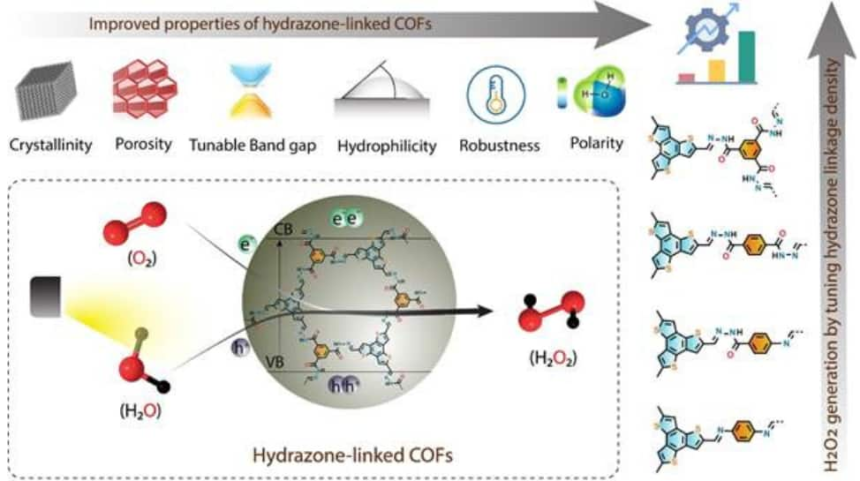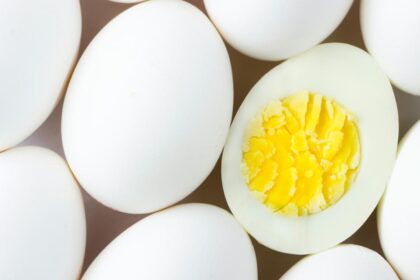New Delhi: Researchers at the S. N. Bose National Centre for Basic Sciences, Kolkata, have discovered a more efficient, energy-saving, and environmentally friendly method to produce hydrogen peroxide (H2O2), a crucial chemical for disinfection and paper bleaching.
H2O2 is a versatile oxidizing agent used in environmental disinfection, chemical synthesis, paper bleaching, and fuel cells. The team designed and prepared a series of covalent organic frameworks (COFs) with good water affinity, studying their effect on photocatalytic performance for H2O2 generation. COFs are new, porous, and ordered polymers with modifiable catalytic sites and light-harvesting properties in the visible range, making them promising photocatalysts.
Currently, the H2O2 market is growing due to increased awareness of disinfection, rising surgical procedures, and the prevalence of hospital-acquired infections. Most H2O2 is produced industrially using the anthraquinone oxidation process, which is very energy-intensive, expensive, and produces hazardous by-products. Scientists have been searching for an environmentally friendly and economical method to produce H2O2 from renewable resources with minimal environmental impact.
The study found that hydrazone-linked COFs provide abundant docking sites for water and oxygen, promoting water oxidation reaction (WOR) and oxygen reduction reaction (ORR) pathways for photocatalytic H2O2 generation. The hydrazone-linked COF exhibited exceptional photocatalytic H2O2 production without external sacrificial electron donors when irradiated with a 40 W blue LED. Under sunlight irradiation, a significant amount of H2O2 was also produced, outperforming most organic photocatalysts under similar conditions, demonstrating a clean and sustainable pathway.
The researchers showed that as-synthesized hydrazone-linked COFs can generate a significant amount of H2O2 using an aqueous benzyl alcohol solution (water: benzyl alcohol = 90:10). The method also prevented the degradation of H2O2. The strategy of using a mixture of water-benzyl alcohol solution will be helpful in developing a continuous flow reactor for the sustainable production of H2O2 and will reveal a laboratory-to-industry technology transfer for the benefit of mankind.
Reference : https://zeenews.india.com/science-environment/indian-scientists-develop-eco-friendly-method-for-hydrogen-peroxide-production-with-sunlightindian-scientists-develop-eco-friendly-method-for-hydrogen-peroxide-production-with-sunlight-2869230.html



![GMC Ongole Announces Recruitment for 2025 – Apply Now for [total_posts] Vacancies](https://theprimenewsnetwork.com/wp-content/uploads/2025/05/GMC-Ongole-Announces-Recruitment-for-2025-–-Apply-Now-for-150x150.png)




